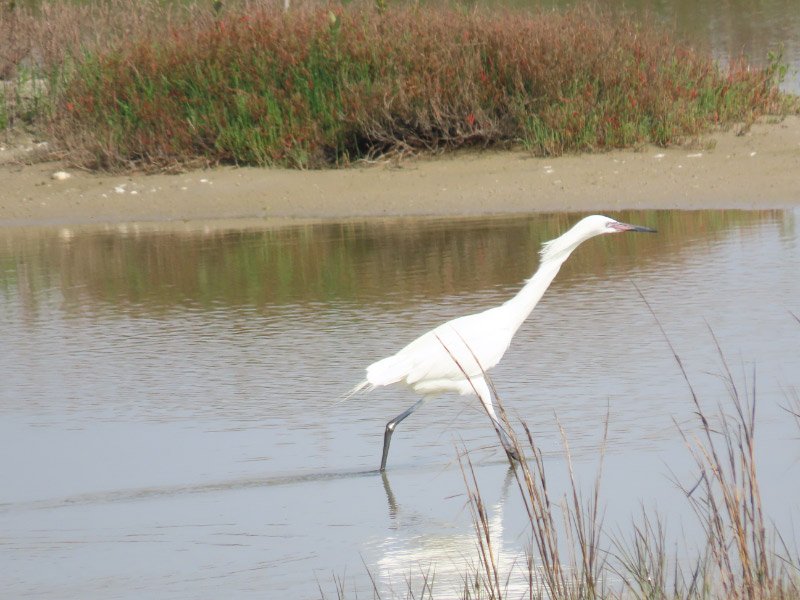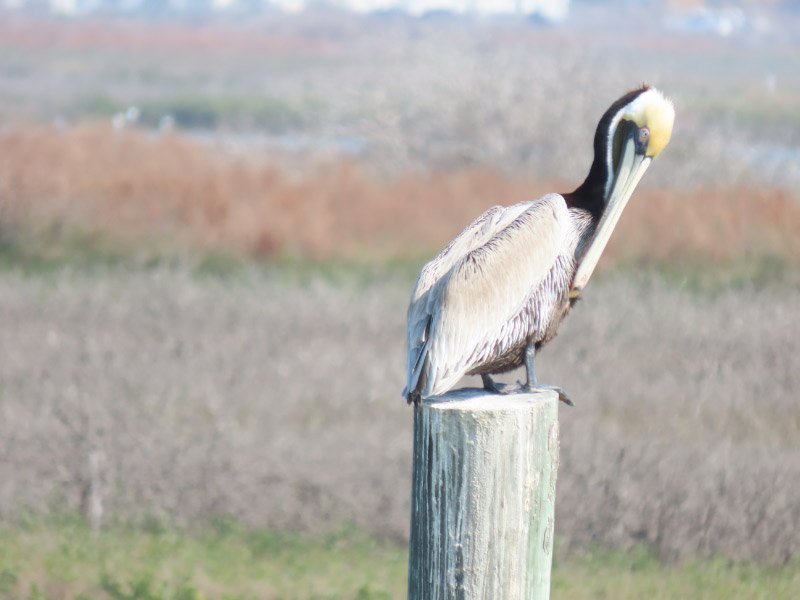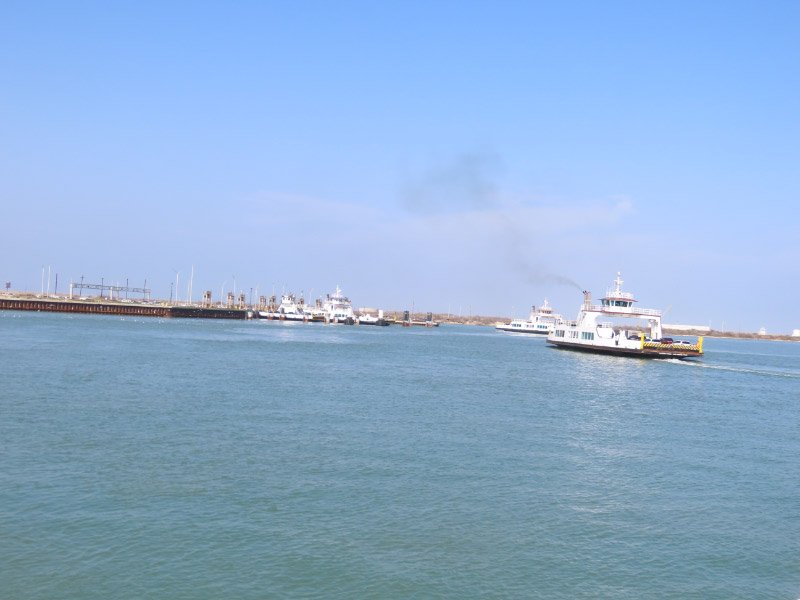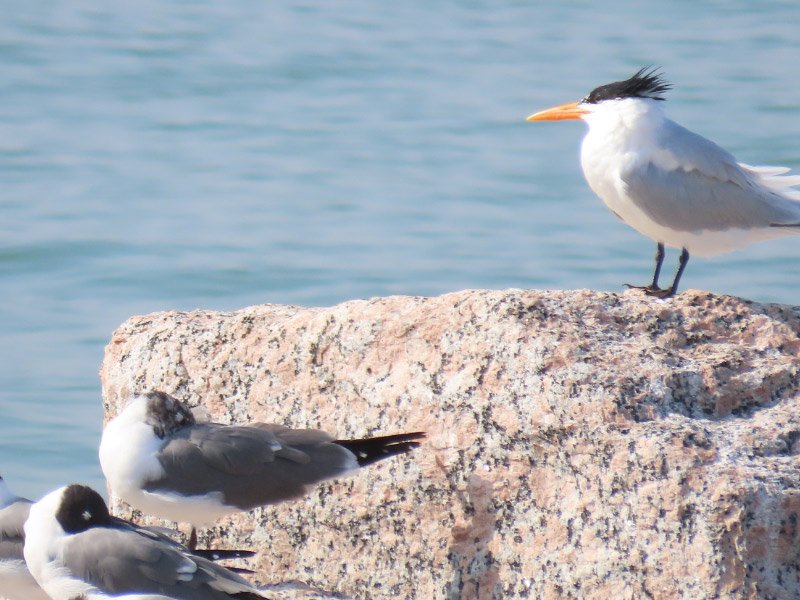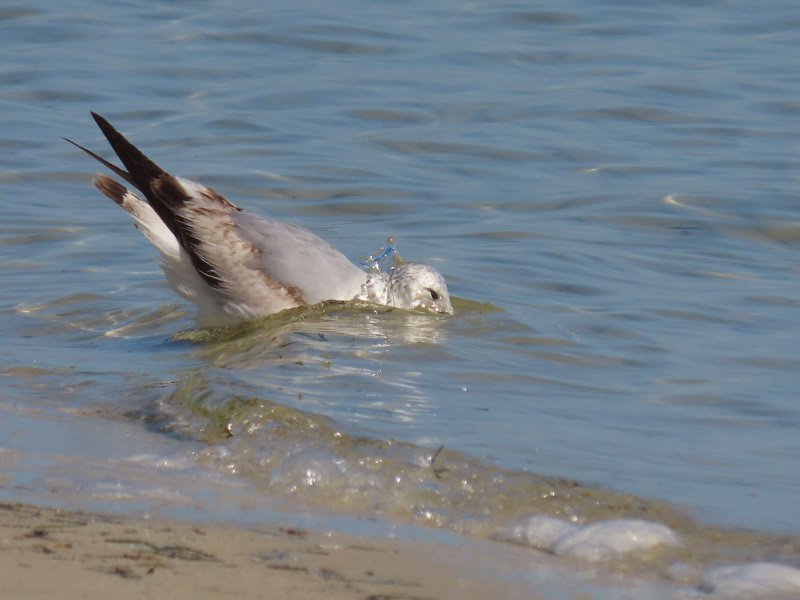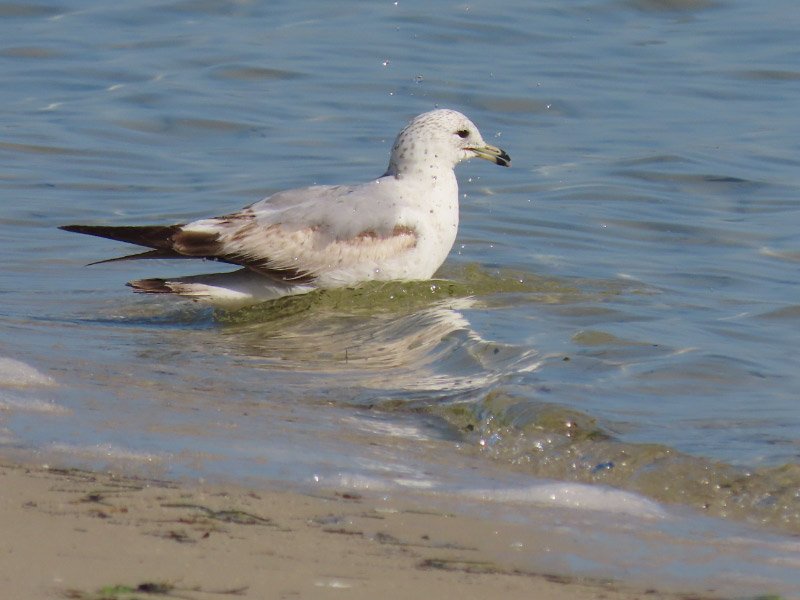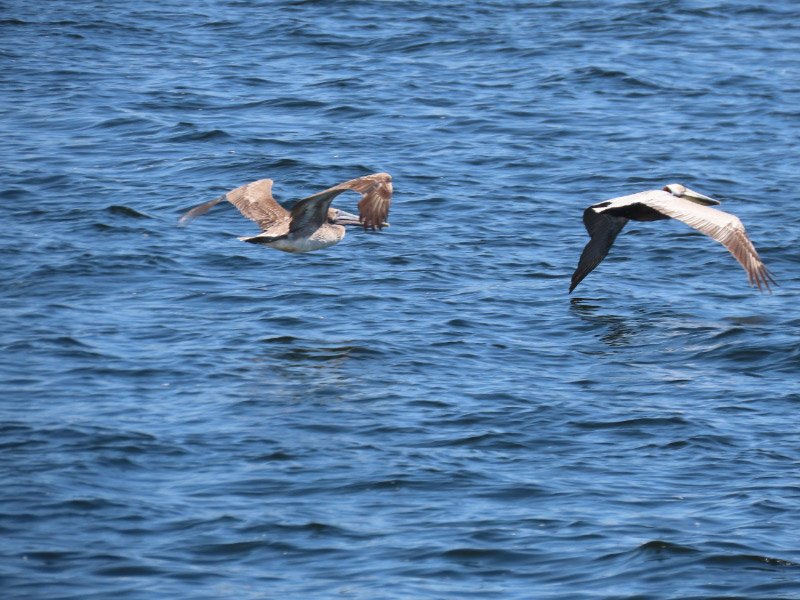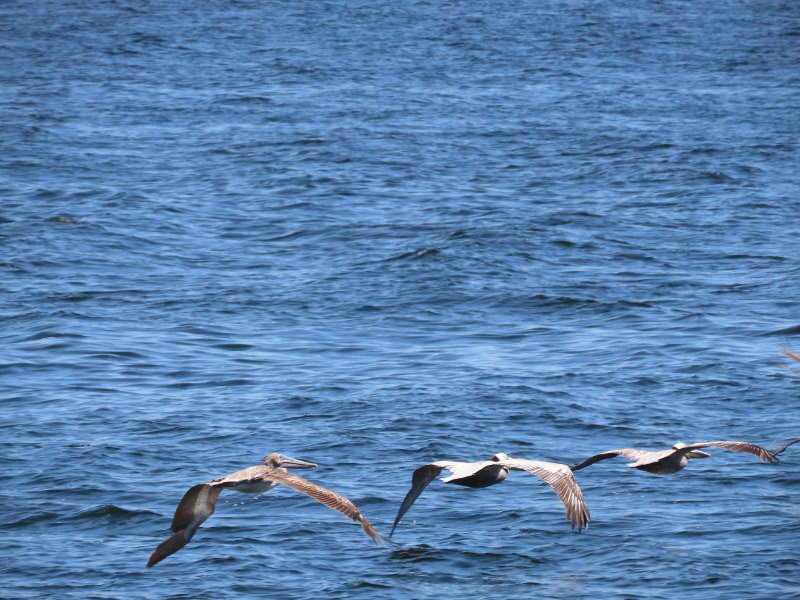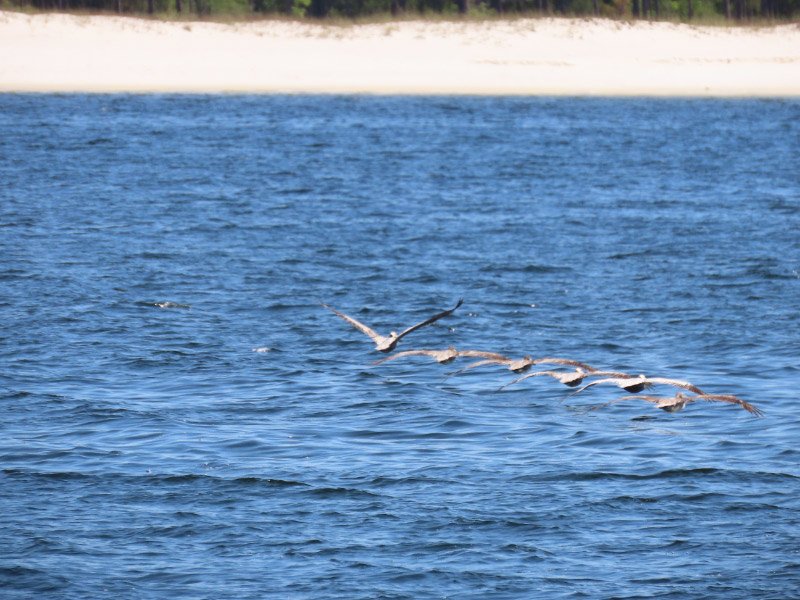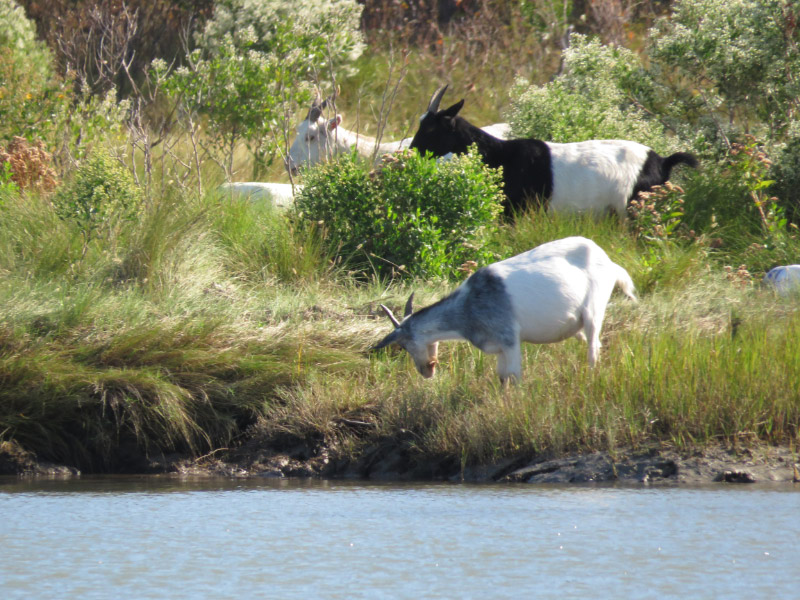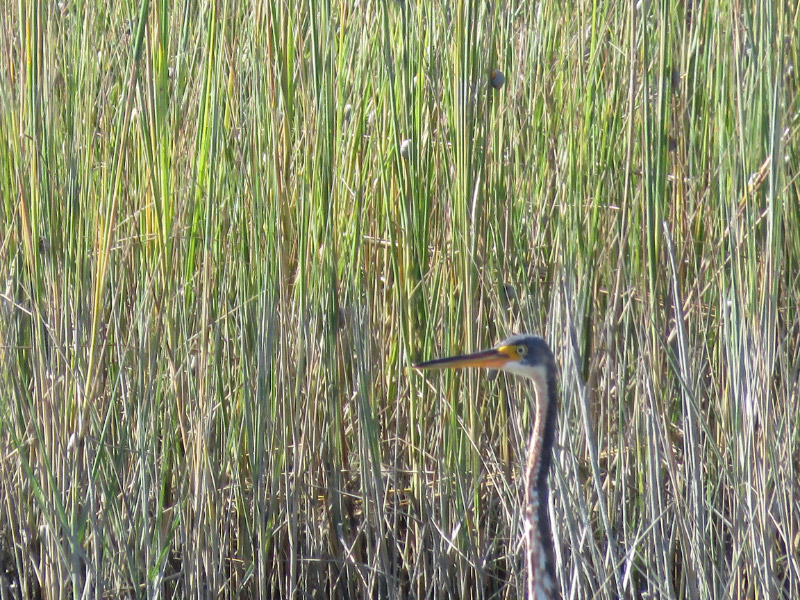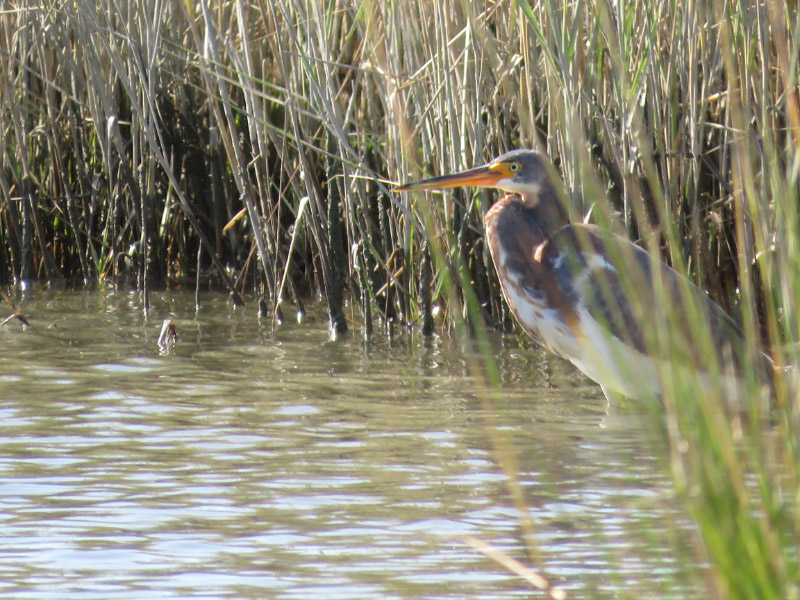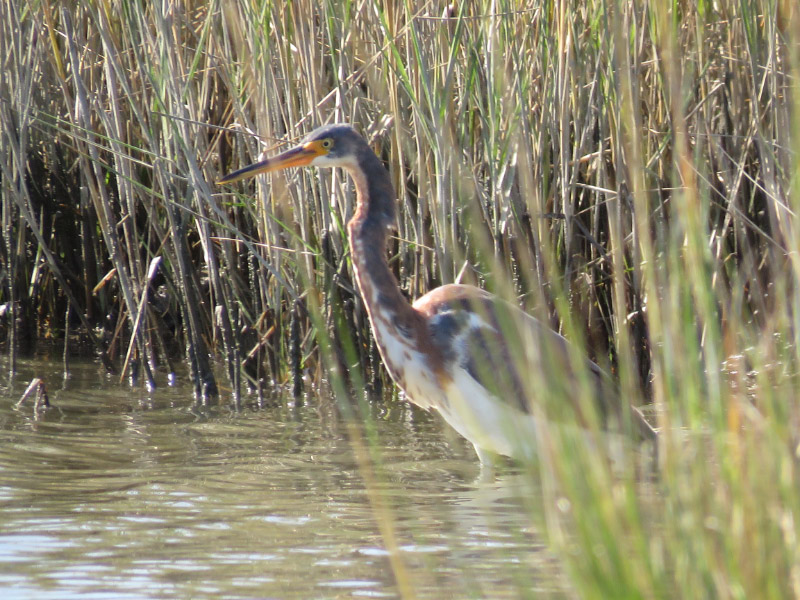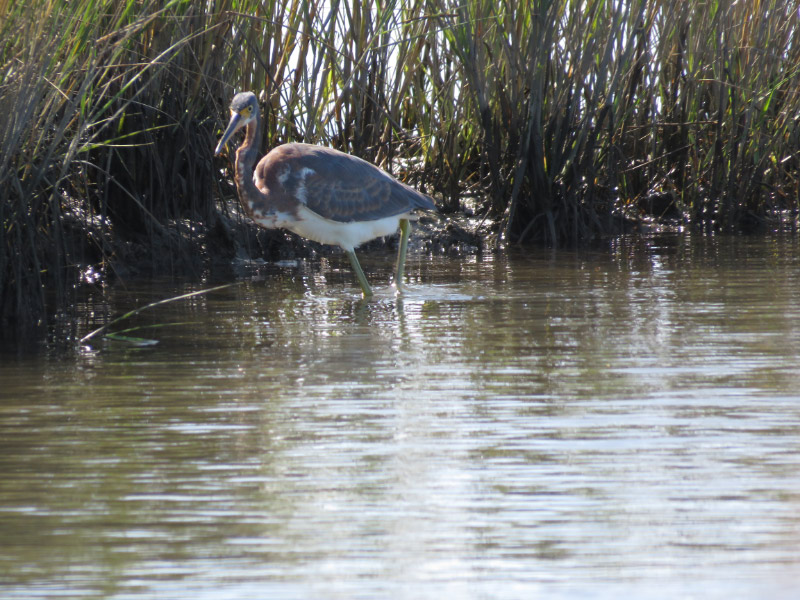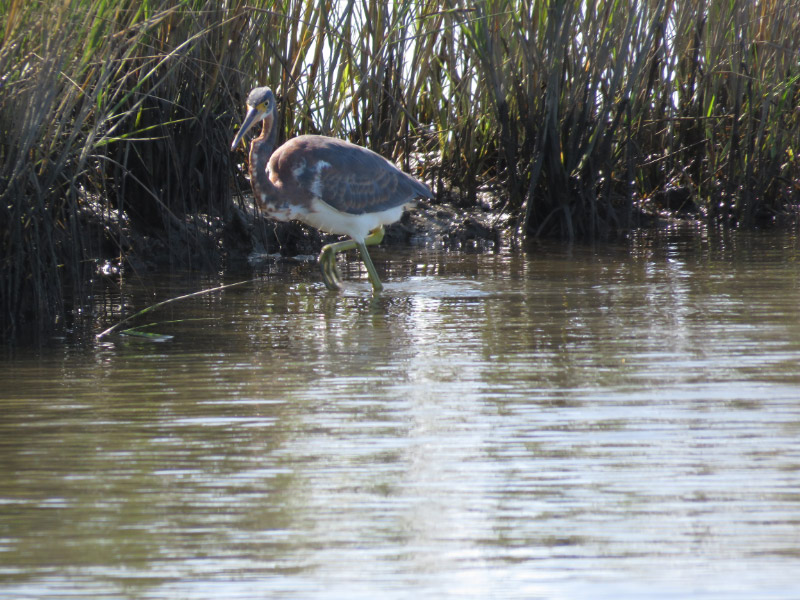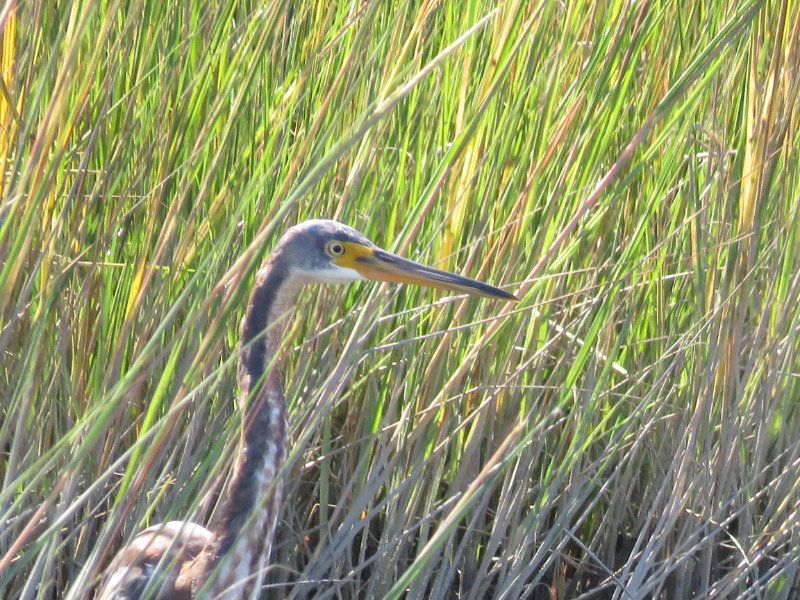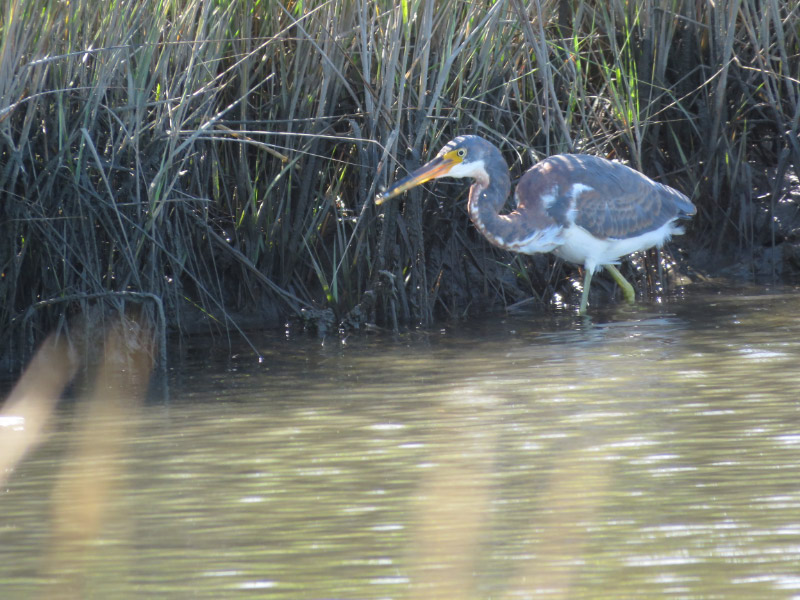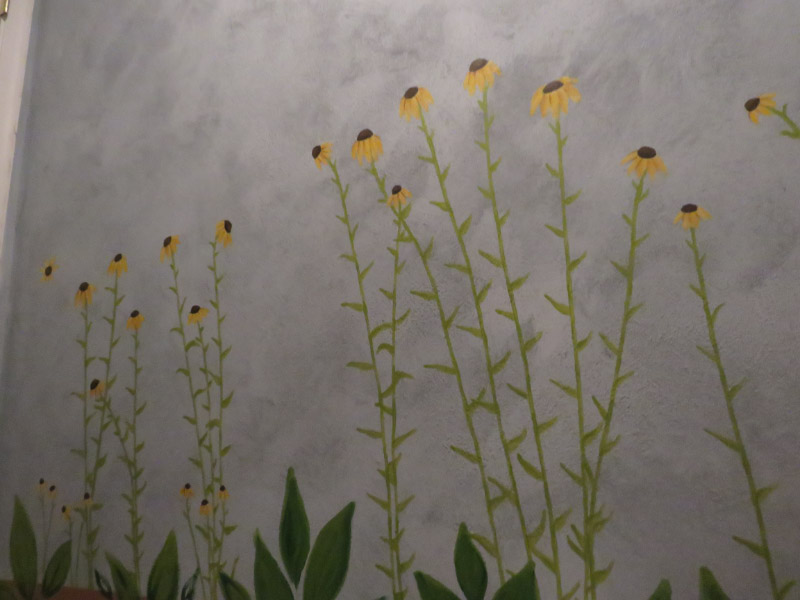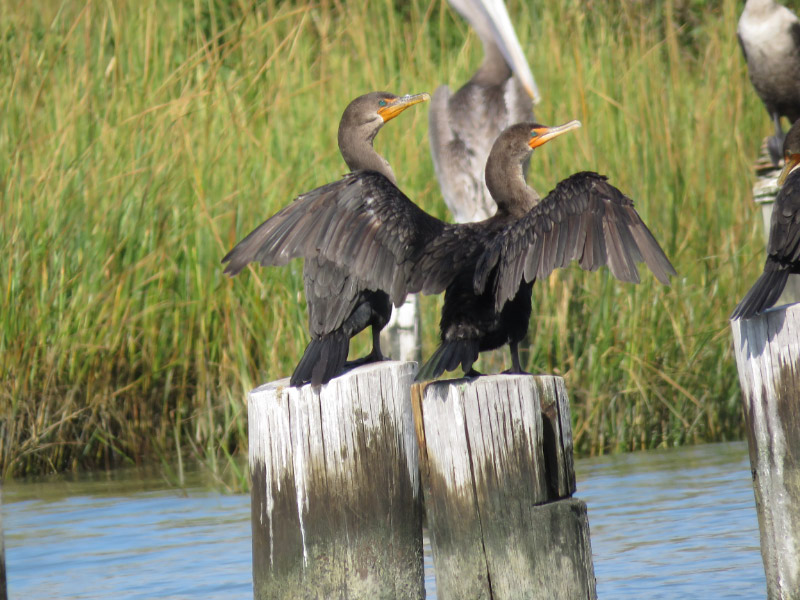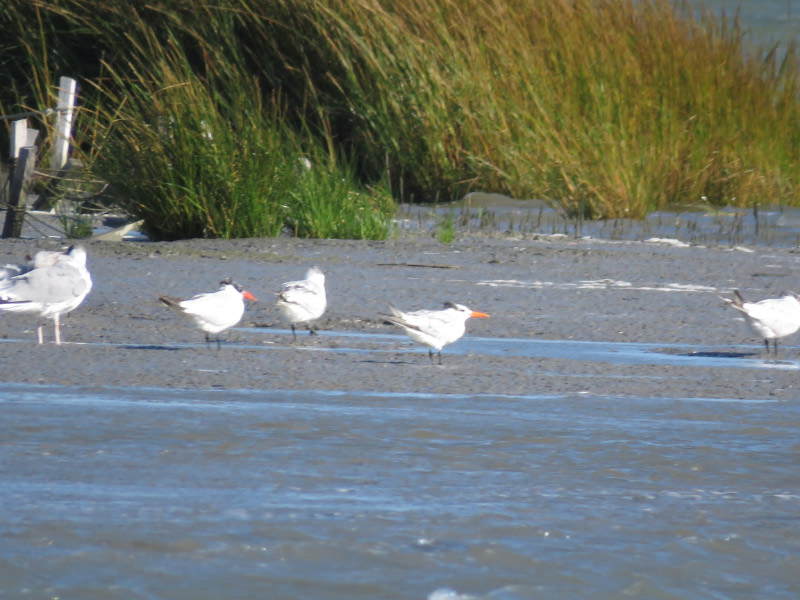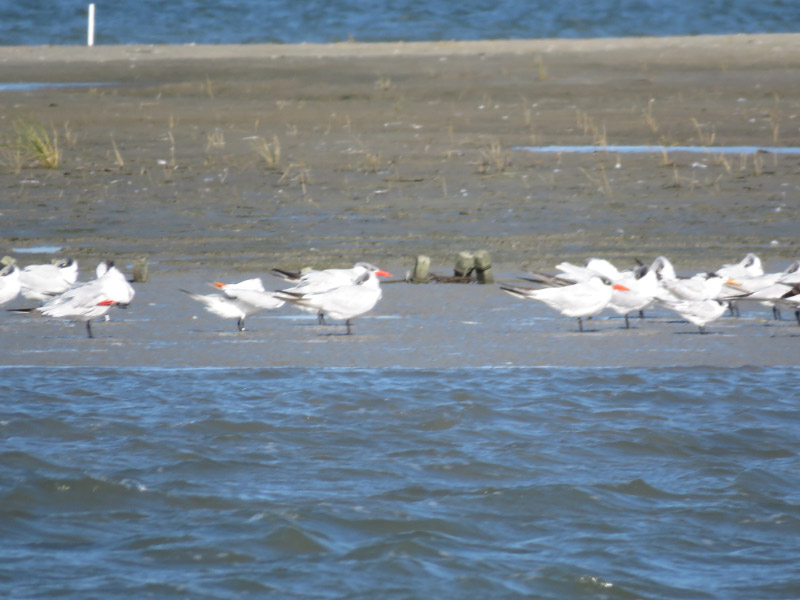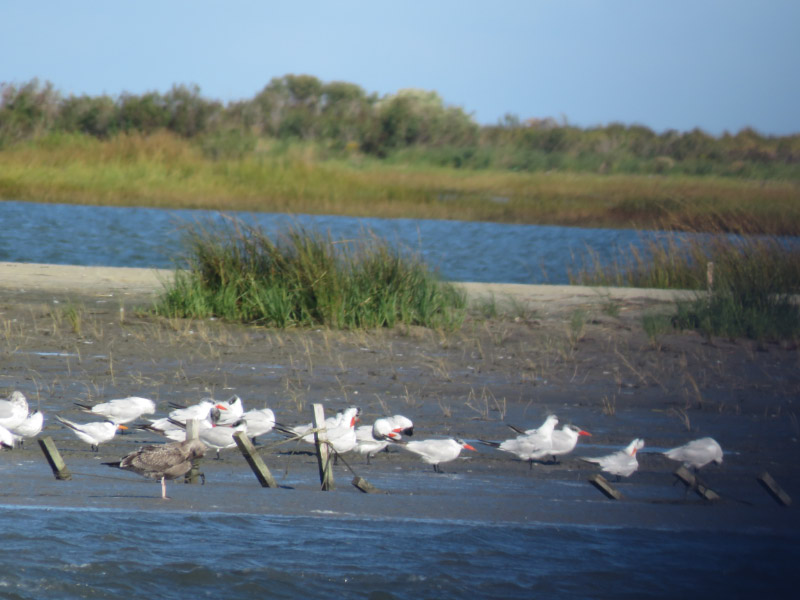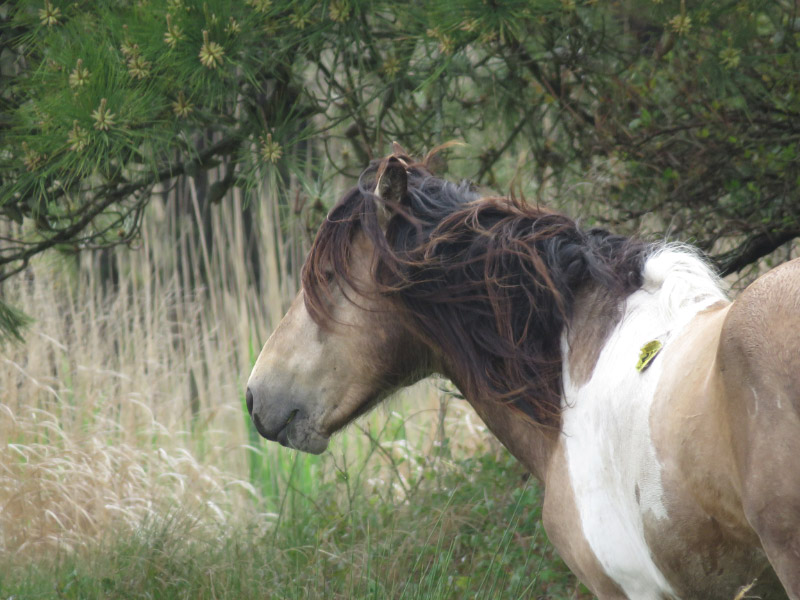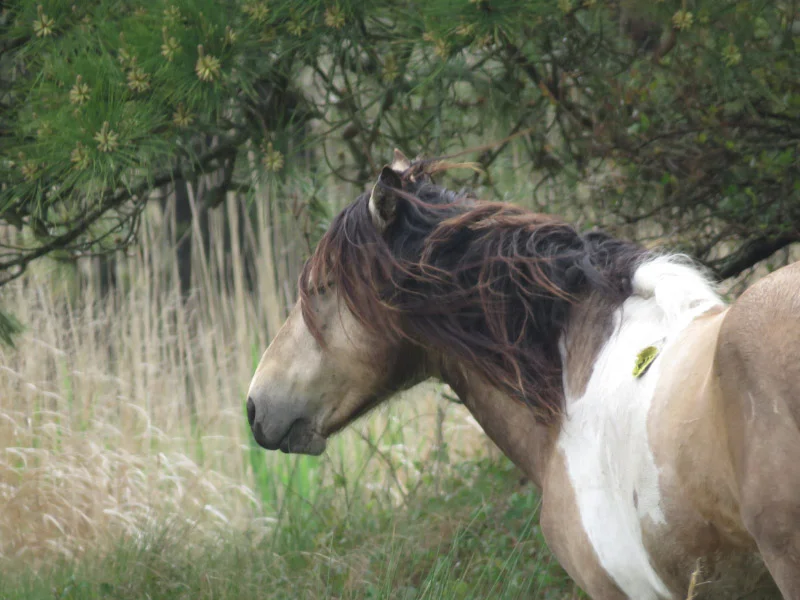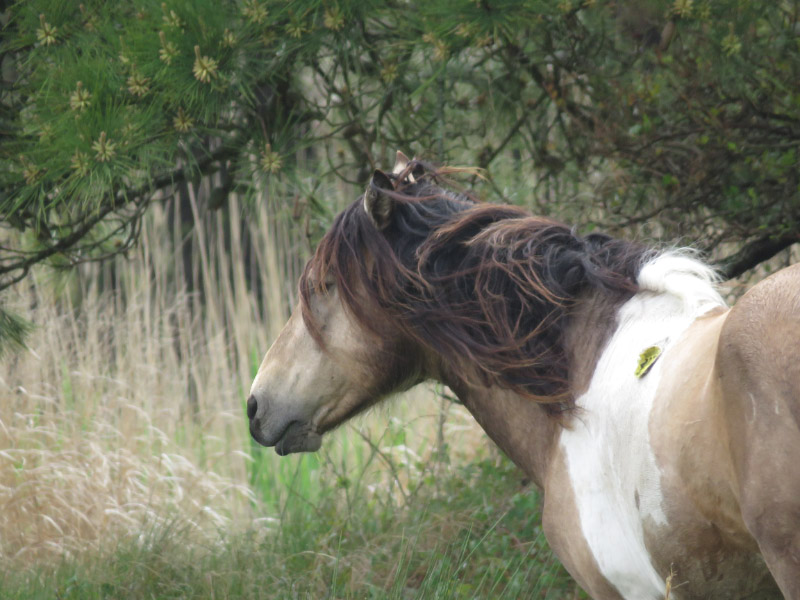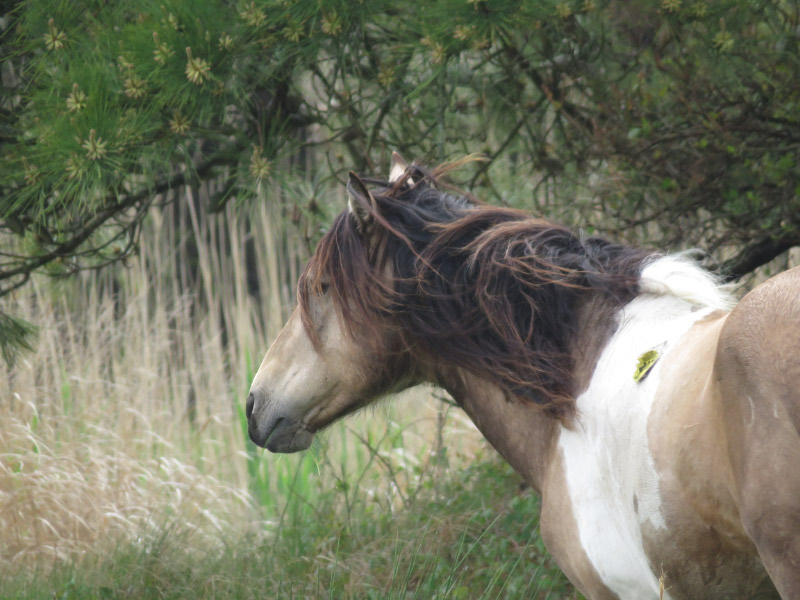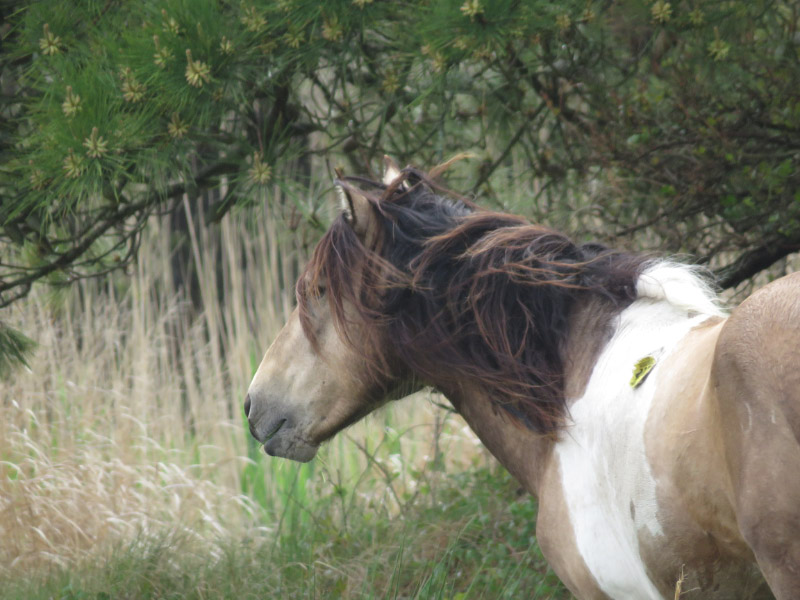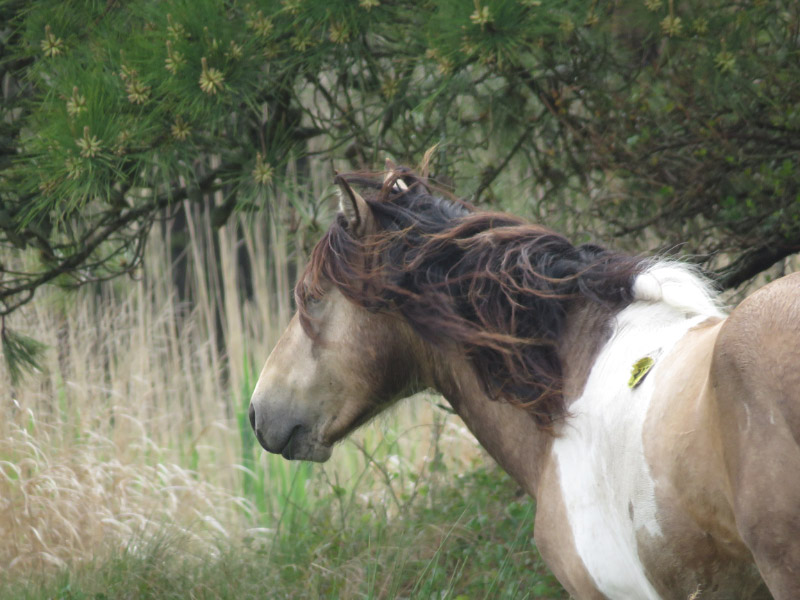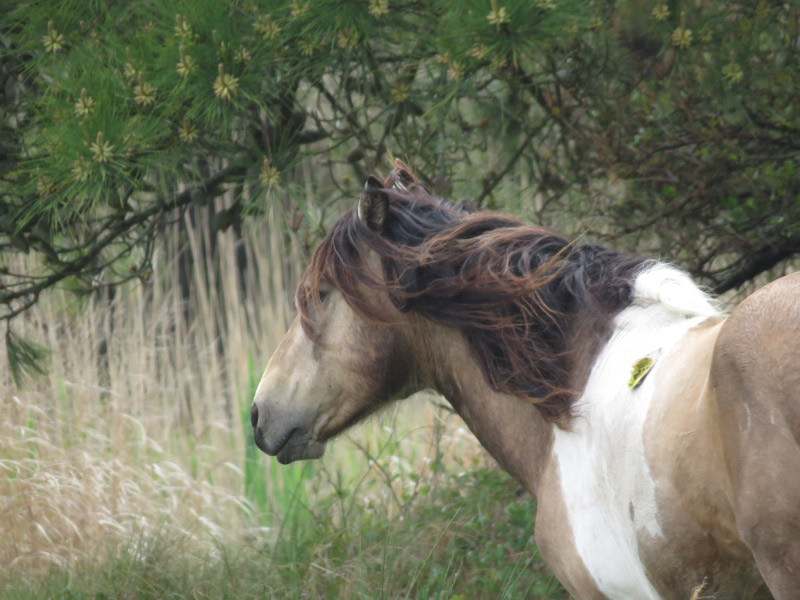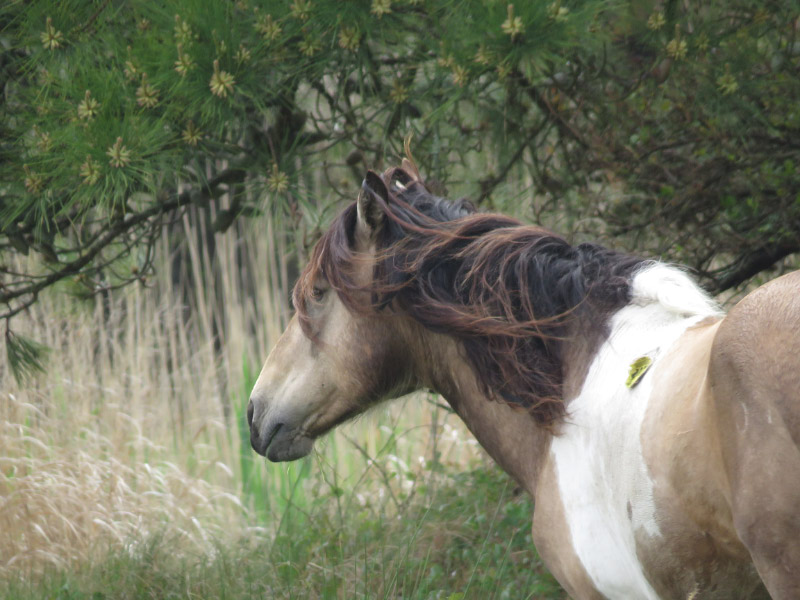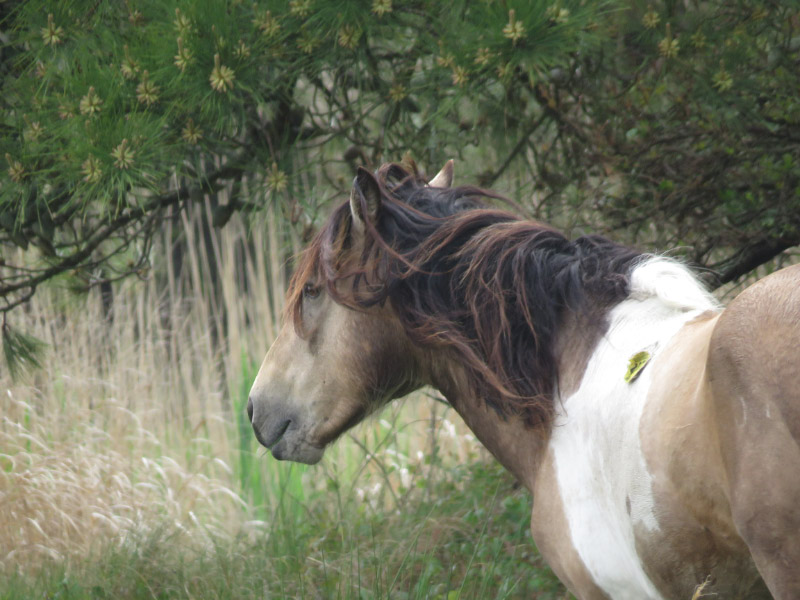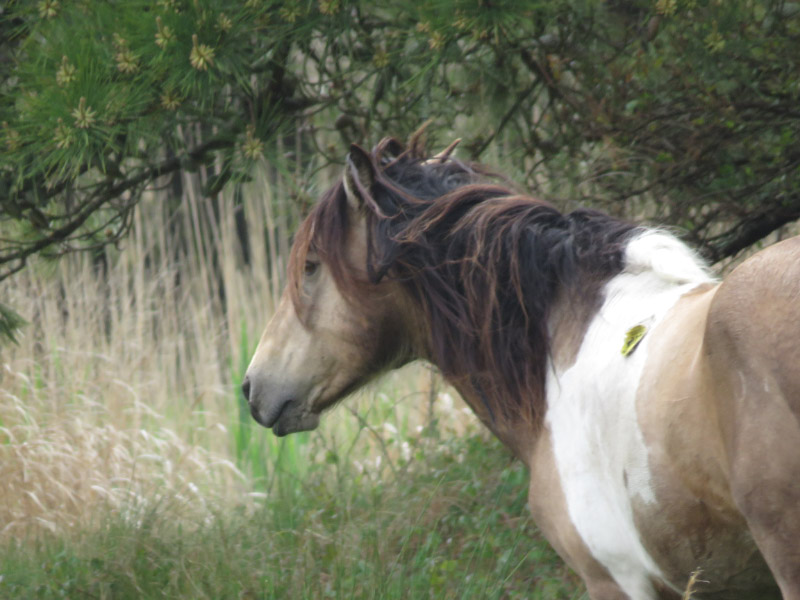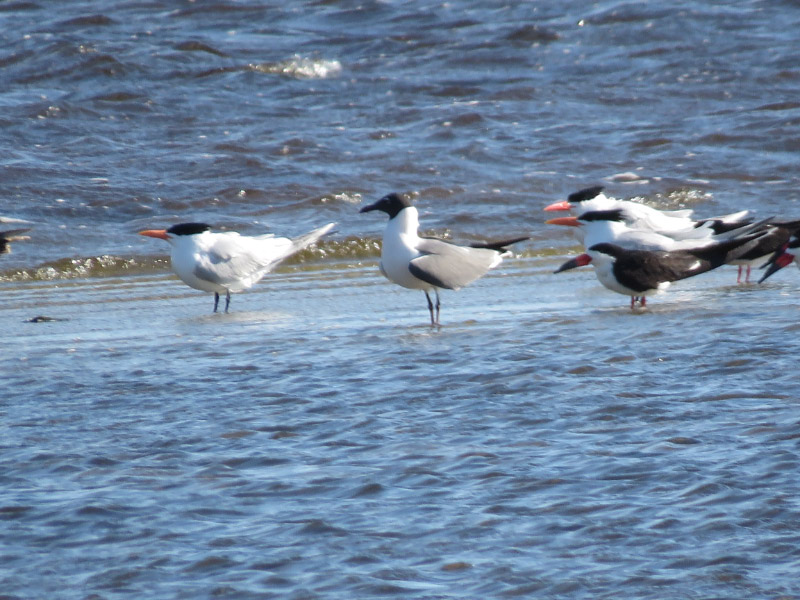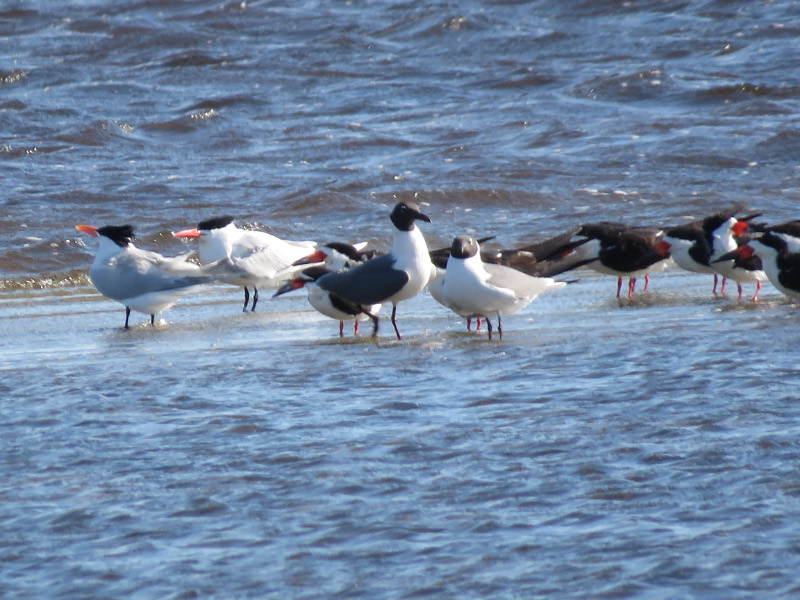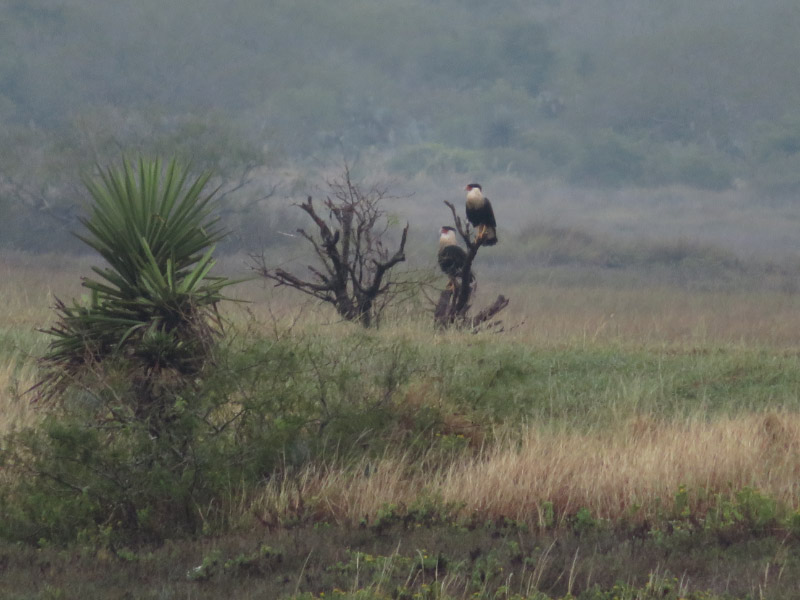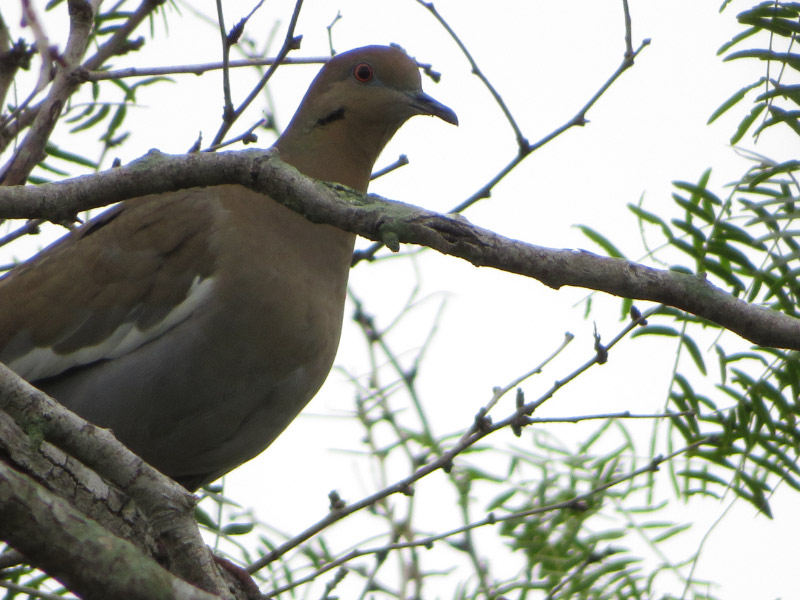Mustang Island Boat Tour
/The first tour of the Whooping Crane Festival for us was a birding-by-boat tour of Mustang Island on our first afternoon in Port Aransas TX. It was a sunny day…perfect temperature for the tour. We saw cormorants as we left the dock area for the main channel.
The bird sightings included a first for us: the white morph of the reddish egret. They are distinguished from other white egrets/juvenile herons by the pink and black bill. We saw more white morphs than the usual more numerous dark morphs! One of the images has a little blue heron along with the white morph of the reddish egret…for size comparison.
A yellowlegs was searching for food in the shallows. It is hard to judge the size. Does the bill look long enough to be a greater yellowlegs? Not sure.
There seemed to be a lot of great blue herons as well. The wind was blowing enough to ruffle feathers.
A white ibis strolled near the shoreline.
A pelican on a post kept our boat in view.
A ring-billed gull was also enjoying the view from a post…did not seem as keen to turn as our boat moved past.
Turkey vultures were doing cleanup on a coyote carcass. There is some trash in the background. I try to avoid taking pictures of trash. The area was relatively clean, but trash is inevitable even in wild areas within water or wind distance of developed areas.
A little blue heron looked very intent on something in the water…ignoring our boat.
The osprey swooped in…and missed!
The cormorants with white outlining their yellow chin are neotropic cormorants. There was a group of them on a sandbar as we went by. Most of them stayed facing the sun but a few looked our way!
Port Aransas is on a barrier island with a ferry to cross the channel. Our tour boat went past the ferry crossing…a different perspective than when we were on the ferry in our car!
On the way back to the dock, we passed the jetty again with gulls and pelicans….and a royal tern.
Tomorrow’s post is about the sunset dolphin cruise that was the finale of our first day at the Whooping Crane Festival.


